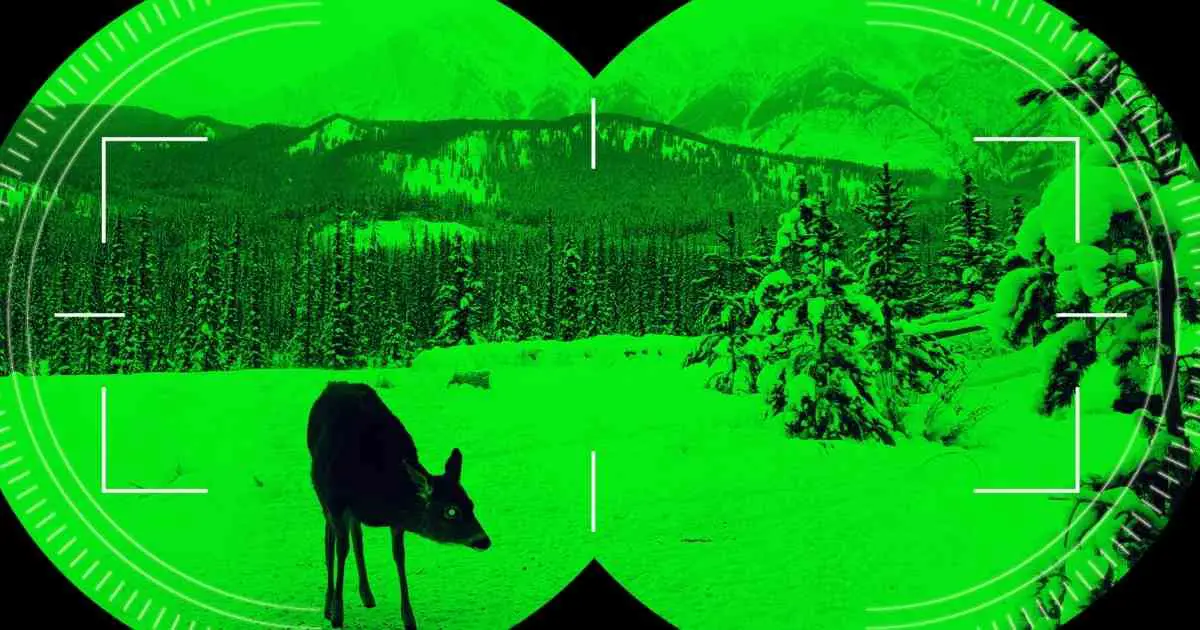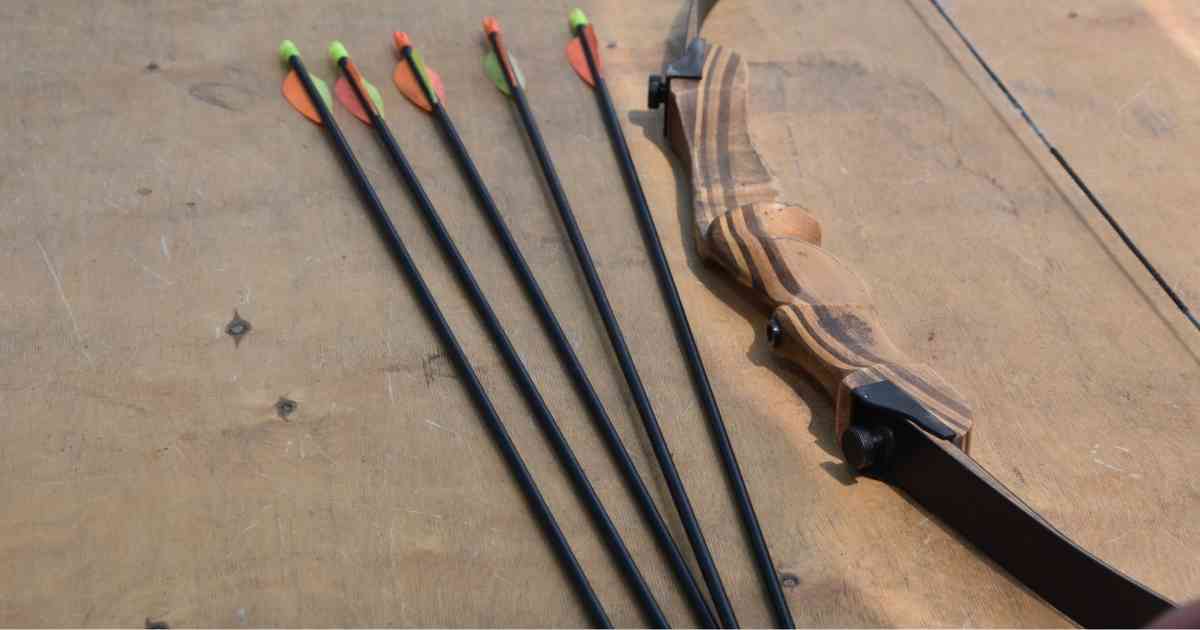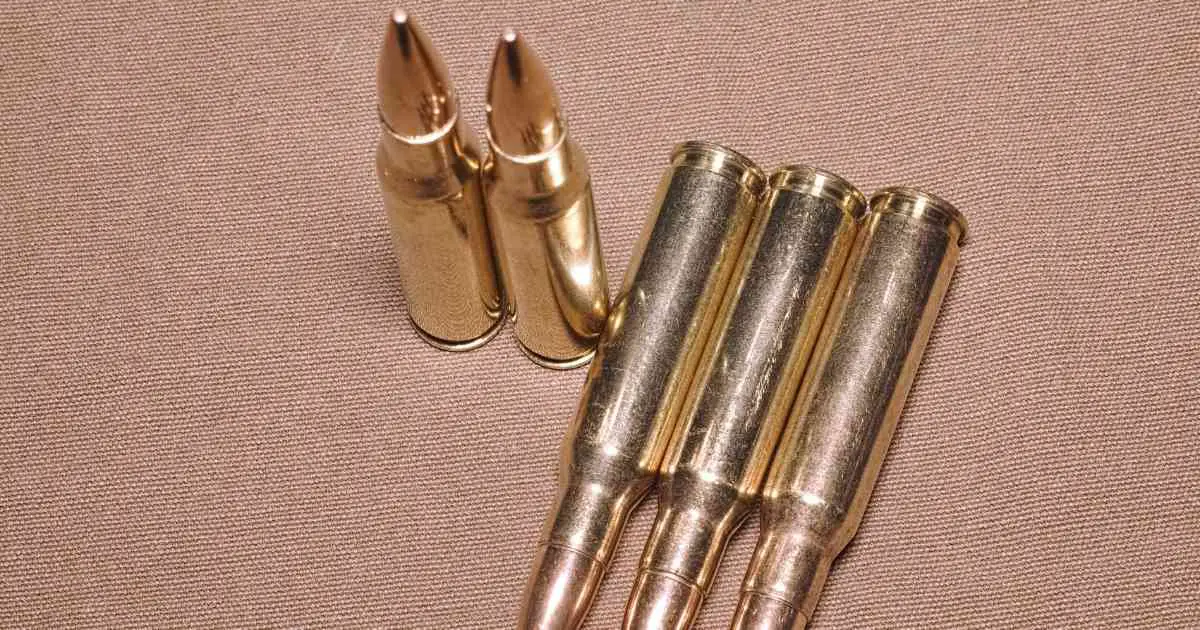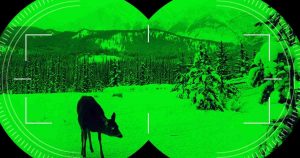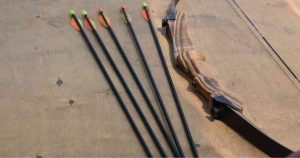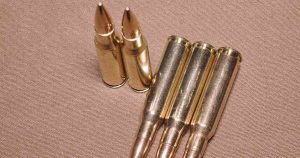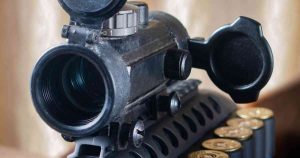When it comes to hunting, people have different opinions on what is the best distance for taking down an animal.
Some hunters prefer to get close to their game animals, while others like to stay back and take long-distance shots.
There is a sweet spot when it comes to taking down an animal. If you are too far away, you may not be able to make a clean shot. If you are too close, you may not have enough time to take a good shot.
In this blog post, we will discuss the best distance for shooting an animal and provide tips on how to make the perfect shot!
Factors to Consider When Choosing the Best Distance for Your Shot
There are a few factors you need to consider when choosing the best distance for your shot. For example:
Size of Your Target
A deer, for example, may be shot down from virtually any distance. Larger animals, like elk or moose, require a well-placed shot from afar.
The target gets bigger with the animal. But you must also consider the animal’s speed. A fast animal is harder to hit than a slow one.
The animal’s size will also determine your aim. Smaller animals’ hearts and lungs are good targets, whereas larger animals’ heads and necks are better.
The Angle of the Shot
Consider the shot’s angle while deciding on a distance. Firing upward at an animal requires a greater distance than shooting down at it.
You must also consider the wind direction. Wind can deflect your bullet or arrow, so you may need to alter your aim accordingly.
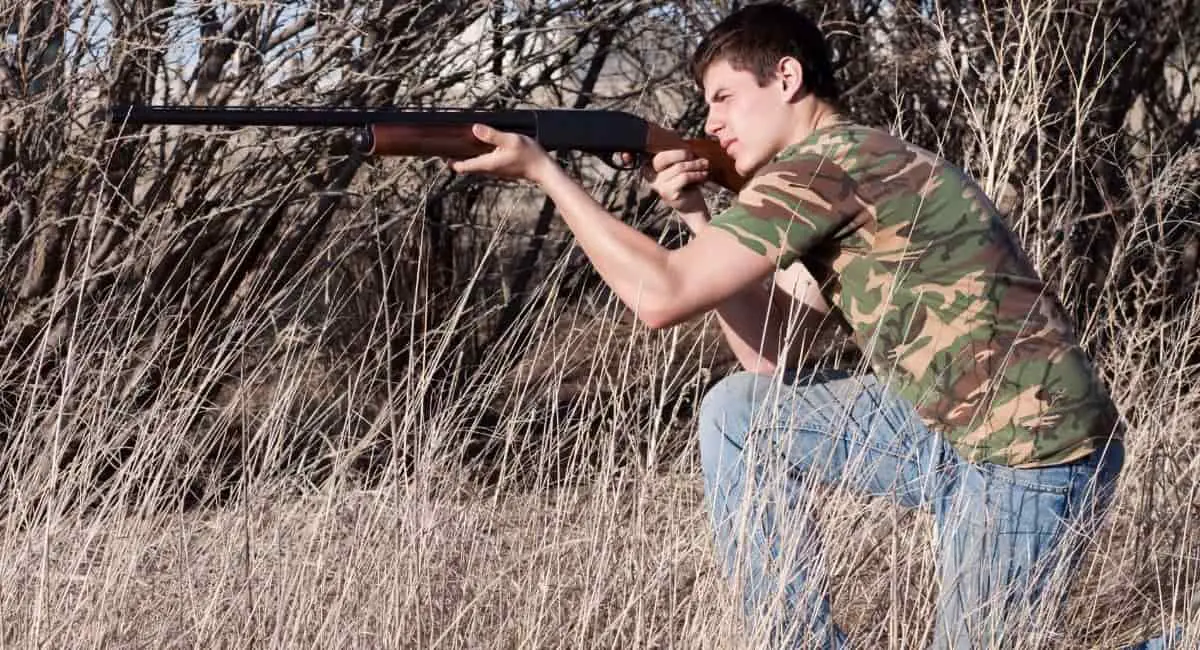
The Weapon You’re Using Matters
The best distance for shooting an animal also depends on the weapon you’re using. If you’re using a rifle, you’ll want to be further away from your target than if you were using a shotgun.
Long-range shooting requires rifles, whereas close-range shooting requires shotguns. Knowing your weapon’s range will help you to line up the perfect shot.
For example, modern crossbows can shoot arrows up to 400 yards at over 200 mph, but they are mostly utilized for close-range hunting.
Shots with these weapons should be confined to 40 yards or fewer. At this range, the arrow can pierce and pass through an animal. Most shots are taken at 15 yards to ensure precision.
Shot Timing
The shot’s timing is also important. The animal’s mobility must be considered. Waiting too long may cause the animal to move while the shot may not be accurate if taken too quickly.
Take your time and ensure you are lined up for a successful shot.
Terrain Matters
The terrain might also affect the ideal shooting distance. In an open field, you’ll want to be farther away from your target than in a wooded area.
This is because going too close to your target makes it easier to miss it, and you don’t want to startle the animal.
In a blind, the ideal distance to shoot an animal depends on the amount of cover. More cover means you can approach closer to your target without being seen.
Tips for Making the Perfect Shot at Any Distance
Knowing the right distance for your shot is only part of the equation. You also need to know how to make the perfect shot.
Here are a few tips that will help you take down your target animal every time:
- Familiarize yourself with your weapon. Practice at home or at an appropriate range so that you can get comfortable with it. Make sure your first shot counts by practicing with the weapon you will be using in the field.
- Concentrate on a spot on the animal and squeeze the trigger. Do not rush your shot. The heart and lungs are a kill zone for most animals. Aiming for vital organs will increase your chances of making a kill shot.
- Always practice from a longer range than you intend to hunt. This will help to ensure that you are comfortable and accurate with your weapon.
- Take into account the wind direction and speed. A powerful wind drift can throw off your shot, so try to wait for a calm day if possible.
- Take your time. Don’t rush your shot just because you are excited. Take a deep breath and focus on your target before pulling the trigger.
- Follow through with your shot. This means keeping your eye on the animal until it falls to the ground. After you pull the trigger, do not take your finger off the trigger! Keep it squeezed until the bullet has left the barrel. This will help to ensure a clean kill. Do not stop tracking it until you see it fall.
With these tips, you can make a great shot from any distance. Remember to consider the target’s size, the shot’s angle, and your surroundings. With regular practice, you will become an experienced marksman in no time!
The Importance of Practice
The greatest method to assure a successful shot is to practice frequently. It takes practice to get good at estimating distances and hitting clean shots.
Also, be ready for the unexpected. If an animal emerges closer or farther away than expected, you’ll need to adjust quickly.
Practice at a longer range than you’ll be hunting with. This way you can improve your form and make shorter shots simpler.
It’s good practice to hunt at twice the distance you’ll be firing from. This will help you gain a feel for the shot and ensure a consistent hit.
Final Thoughts
Perfecting your shot takes time and practice. You must know your weapon, the animal you are hunting, and your surroundings.
If your shot doesn’t go as intended, don’t worry – simply learn from it and try again with more expertise. With enough practice, you’ll be able to kill animals with ease!
You can check our article on Professional Bow and Arrow Set for Hunting and the Best Shooting Gloves for more hunting tips and content.

